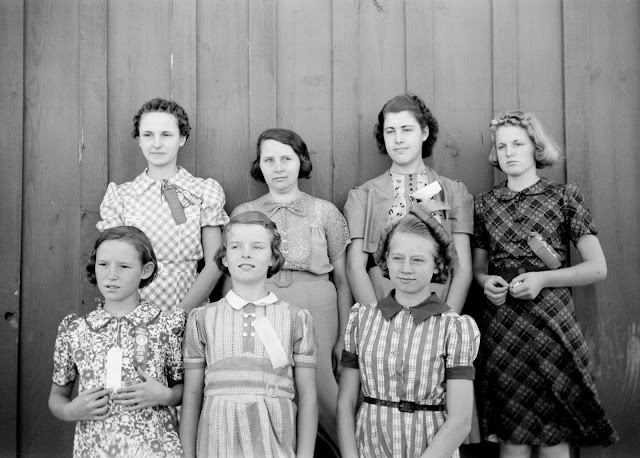
During his 50 year career as a photographer, Arthur Rothstein documented a great variety of subjects, including baseball games, war, struggling farmers, and U.S. Presidents.
After his graduation from Columbia University, Rothstein’s former professor Roy Stryker, the head of the Photo Unit for the Resettlement Administration (which would later become the Farm Security Administration) made Rothstein the first staff photographer at the Resettlement Administration. Rothstein spent the next five years creating some of the most iconic images of rural and small-town America during the Great Depression (1935-1940).
Rothstein’s work for the FSA earned him $1,620 a year, with an allowance of 2 cents per mile and $5 a day for food and lodging. While on the job, Rothstein carried with him only what he needed.
During the five years that he spent working in this division for Stryker, Rothstein took around 80,000 images, many of them later becoming some of the most iconic images of the Great Depression. As he worked on producing these images over his five-year career at the FSA, Rothstein kept in mind that the documentary work that he was doing had “the power to move men’s minds.”
He used his documentary work as a way to teach others about life; how people live, work, and play, the social structures that people are a part of, and the environments in which they live in. As Rothstein said of documentary photography in his 1986 book entitled Documentary Photography, “The aim is to move people to action, to change or prevent a situation because it may be wrong or damaging, or to support or encourage one because it is beneficial.”
























